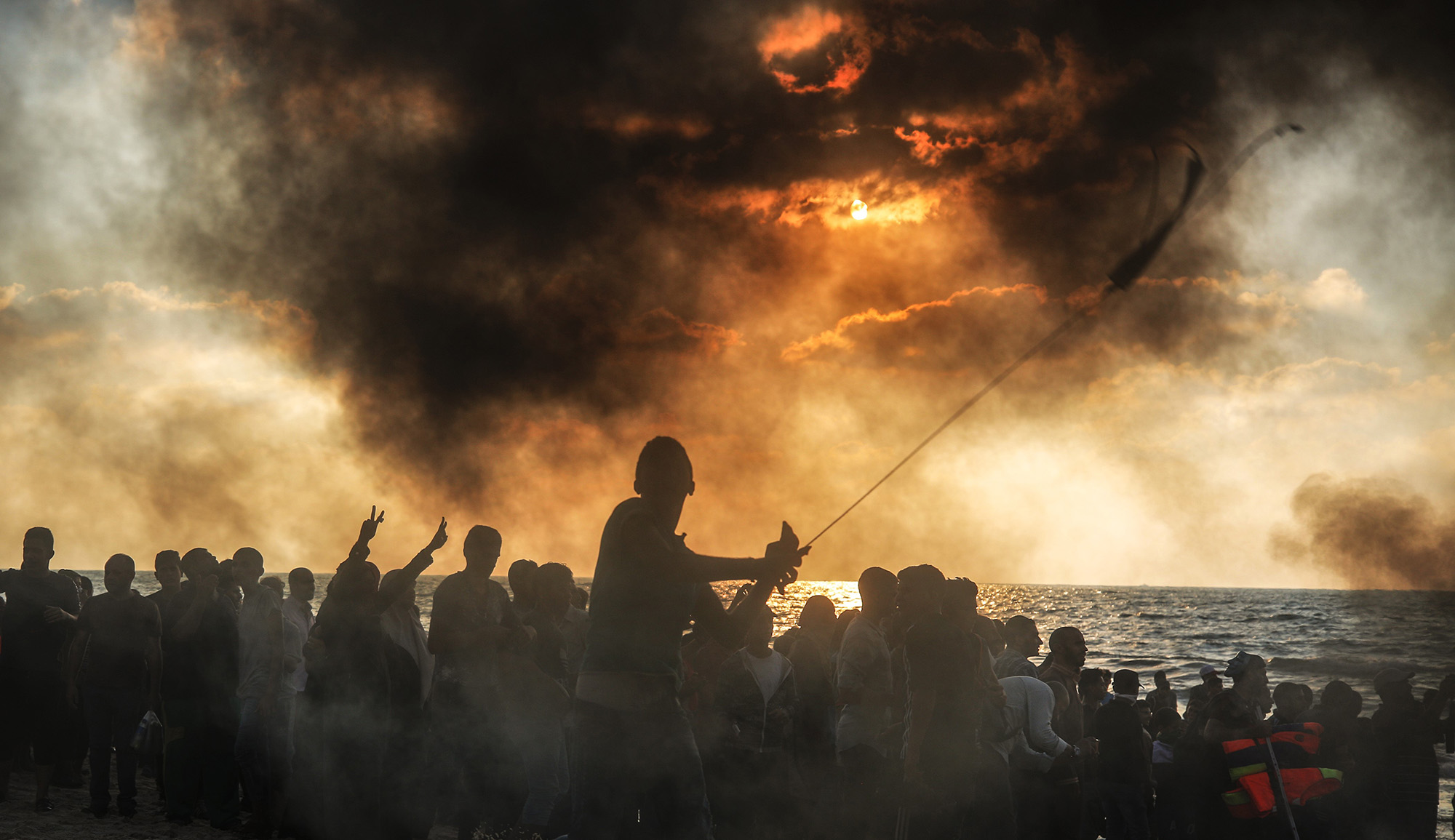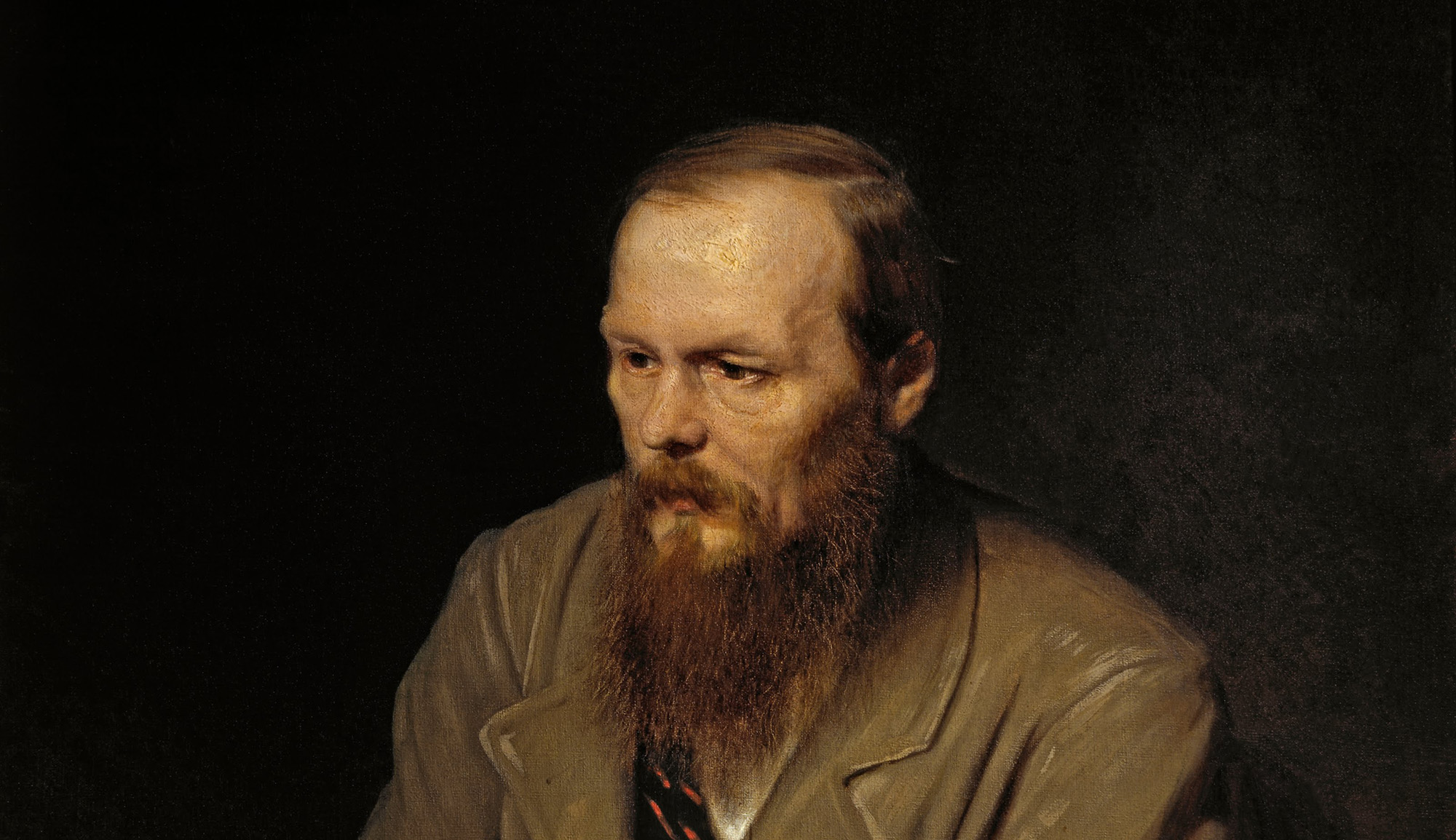To this day, many Iranian Jews speak a centuries-old, uniquely Jewish dialect in which an extensive and varied literature exists, usually written in Hebrew characters. Adam McCollum provides an introduction:
There exist both translated literature and original compositions in Judeo-Persian. In the former group are [translations of] parts of the Hebrew Bible and other Hebrew or Aramaic texts studied in Jewish communities, such as Pirkei Avot [“Ethics of the Fathers”]. In the latter group are inscriptions, commentaries, poems on biblical, [pedagogical], and historical subjects, and occasional compositions such as letters, colophons [containing publication data], and legal documents.
These texts were translated or composed in and around what is now Iran, Afghanistan, and parts of Central Asia. Much further east, the Chinese Jewish community of Kaifeng came from Persia and its books contain some passages and colophons in Judeo-Persian. There are [also] Judeo-Persian documents from the Cairo Geniza and the recently discovered Afghan genizah; Judeo-Persian [was also used by] Jewish communities in Uzbekistan and Tajikistan in earlier and more recent periods.
The earliest Judeo-Persian texts—actually the earliest witness to New (i.e. not Old or Middle) Persian of any kind—are three short inscriptions on rock at Tang-e Azao (Afghanistan, Herat province) dated 752/3 CE and a contemporaneous or slightly later letter (on paper) found by Aurel Stein near the Buddhist Temple of Dandān Öiliq in Khotan (in Chinese Turkestan).
Read more at Ancient Jew Review
More about: Afghanistan, Archaeology, Bukharan Jews, History & Ideas, Kaifeng, Language, Persian Jewry


